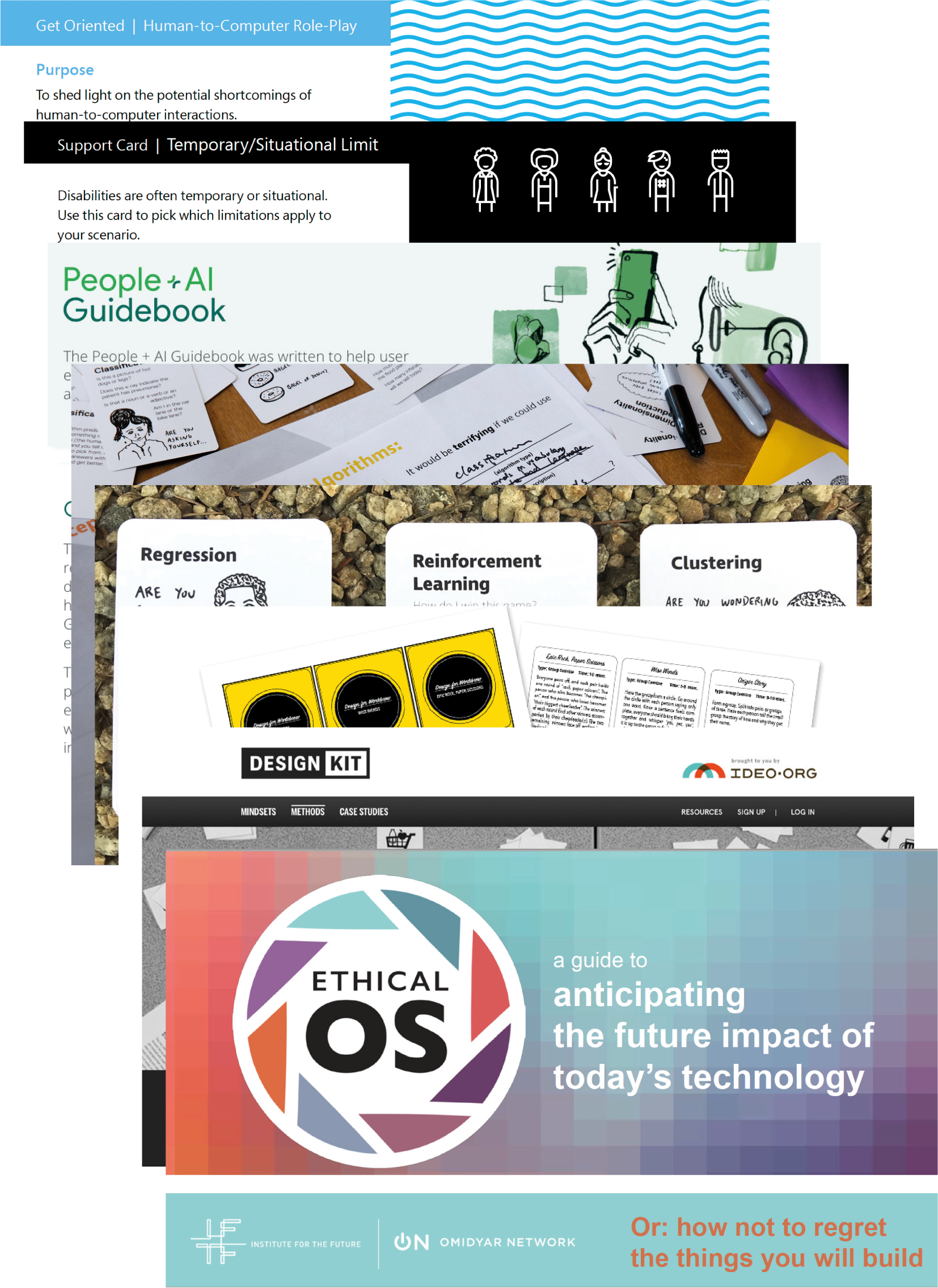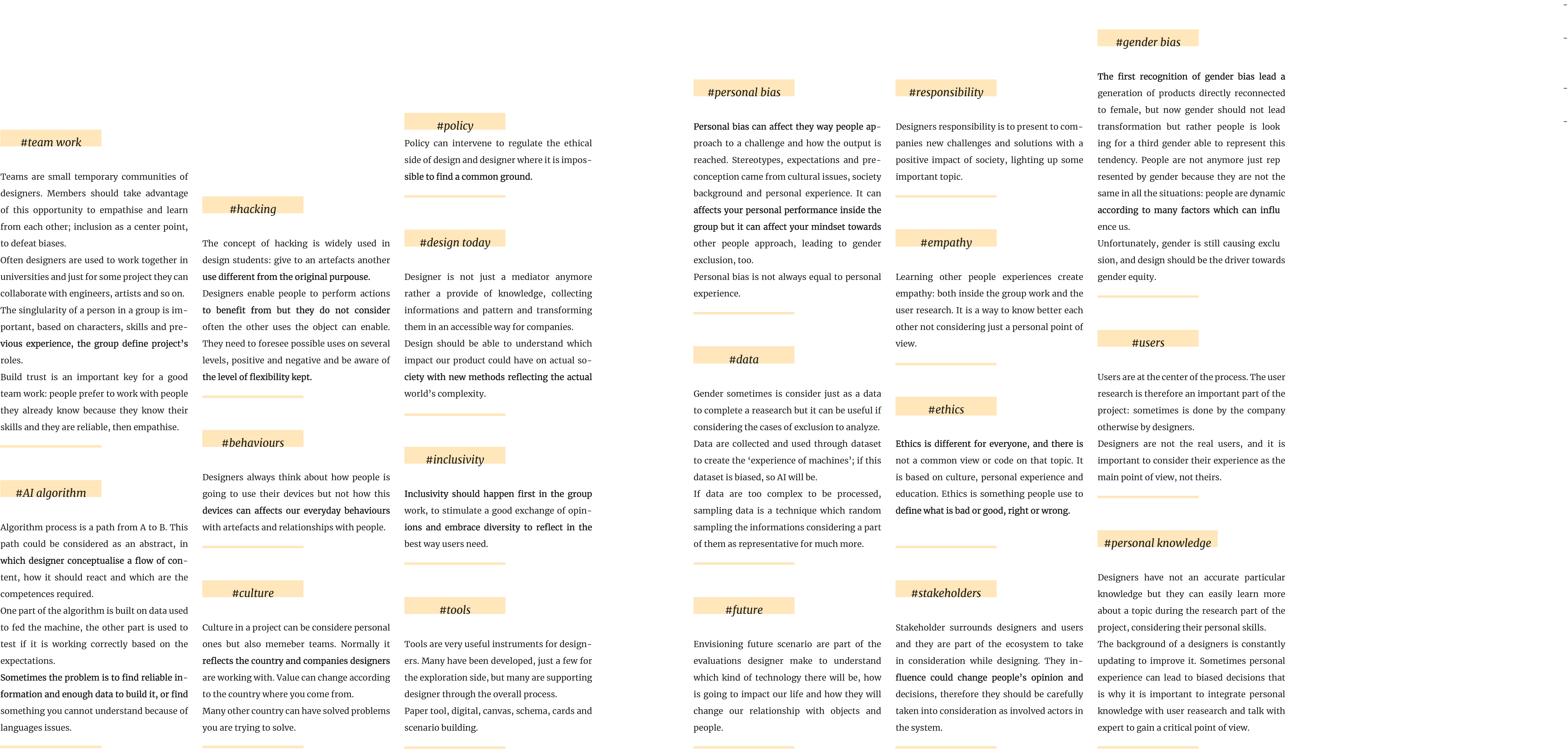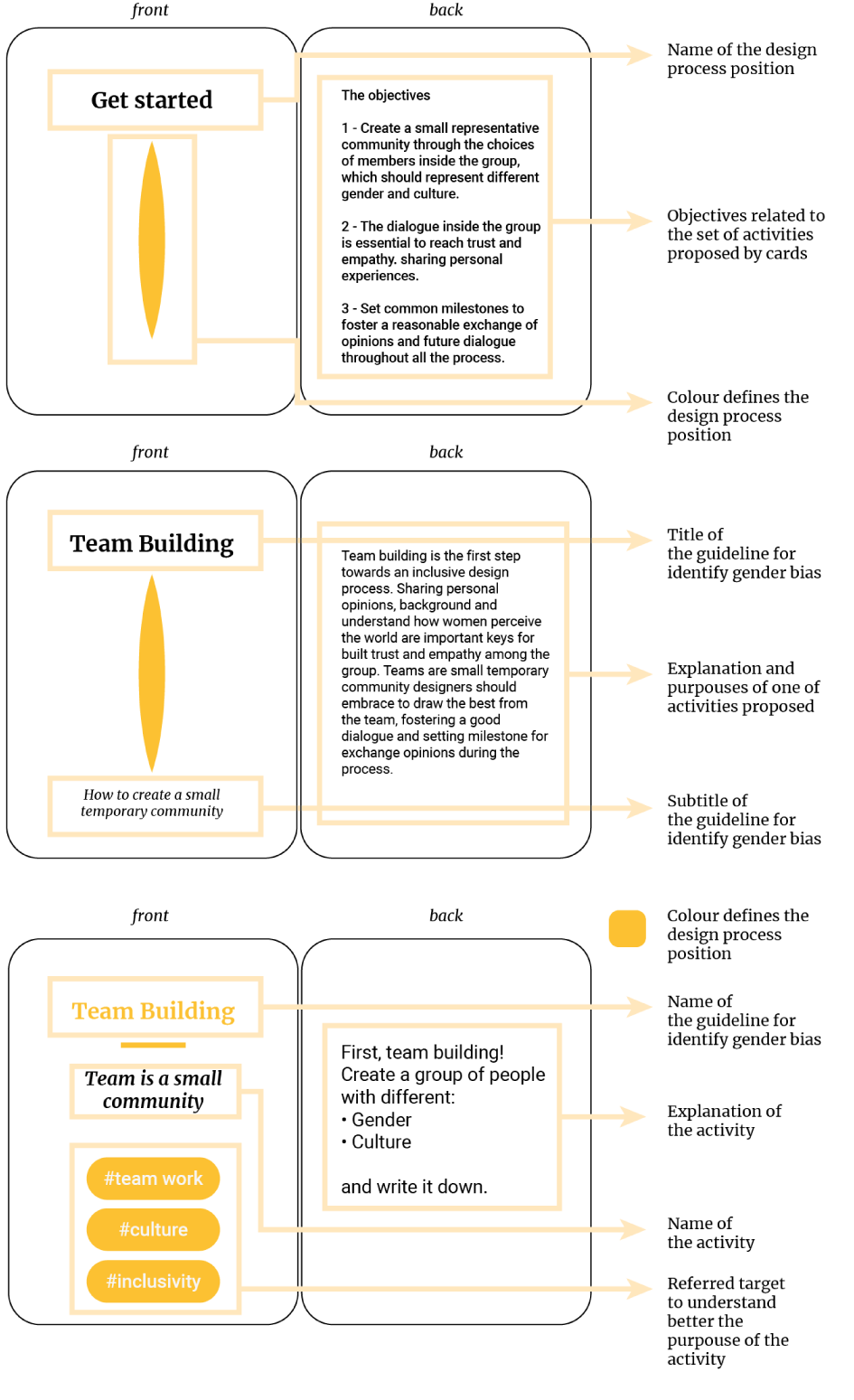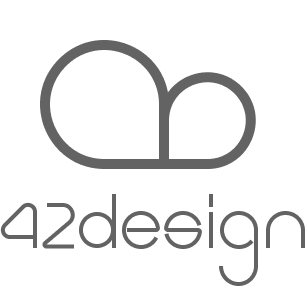Gender biases in technology
How they are shaping our world.
The thesis development explores the creation of a methodology able to help designers throughout the different process phases to identify and take action on personal creators’, companions’ and algorithm’s, and the final users’ gender bias to break the loop which binds and amplify them.
The lack of female representation in the hyper-personalised technology development like digital companions, as well as ideal of final users, led to artefacts which creates gender exclusion, amplified by algorithms. They reflect only a circle of users and not underrepresented categories like women. One of the main causes is the gender bias living in the single person, inside the group work, the society and a specific culture. If it is not overcome, gender bias can be embedded inside both the digital companion and its algorithm, shape and functionalities which can amplify the person’s and creator’s gender bias and it can be transferred directly through the use to the final user. This thesis explores the design possibility to take action into the digital companion design process to investigate, understand and overcome creators’ gender biases. The objectives are to avoid personal gender bias transmission to the artifacts, to transform gender diversity into new opportunities for the user, and to lower the impact of gender bias flow into the society through the creation of a more inclusive companion.
Year
2020
Reference Lab
IEX Interaction & Experience Design Lab
Project Team
Supervisor: Professor Laura Varisco
Student: Elena Panciroli
Extracting guidelines for biases identification
Through the analysis of the existing tools, researches and case studies, it is possible to extract some insights and reflections to understand which phases could face gender biases. It has been considered the tools which can be applied to the design of new technologies and digital artifacts, services and systems to investigate which are the most suitable researches. Therefore, tools’ action focus on the user in two ways: the first one is related to the personal sphere of designers’ actions and the second one is related to the exploration of a respectful consideration of users as dynamic people with needs. The personal sphere of designers considers the biases designers have to overcome as a person and teamwork to conduct a design process not based on personal assumptions and biases but a balanced analysis of the user. The exploration of users’ experience analyses the dynamic people has to face in everyday life situations, considering how exclusion can happen and which situations could be fixed through a conscious design process. Afterwards, these two main lines alongside the design process analysis may highlight which steps have been more subject to gender biases, becoming an opportunity to understand in which part of the process the hypothesis of a methodology could be effective to help designers overcome gender biases.


The methodology focuses on the investigation of the latter in an analysis of the user as the main character running through the design process. The user should be able to understand, empathize and defeat gender bias during the design of AI digital companion. Therefore, the analysis of the user should embrace user needs first defining a target, then explore users’ approach and thoughts to define their knowledge about gender bias and digital companions’ complexity. We interviewed designers considering them according to their different learning levels: students, researchers, professionals or workers.
The guidelines involve principles framed inside the three-design process area, inspiration, ideation, implementation, and an initial phase of set-up. All the principles are fostering an analysis of gender inclusion.

A design tool to validate the identified guidelines
To test and validate the guidelines, they become the backbone of design support able to structure the milestones needed to face the most controversial parts of the process. The design support shaped like activity cards have a more suitable shape to be used during the design process, brainstorming and activities involved.

Learning from the tool evaluation
The evaluation of the final testing arises some key point to consider in the conclusions. The inspiration phase reached its objectives to raise the awareness of designers about gender bias identifying possible gendered products on the market and a broader view and consideration of the user as a dynamic person. The lack of direct contact with the users and a piece of background knowledge about digital companions caused difficulties in the ideation and inspiration phase, preventing them from completing their analysis fully. The ideation phase was a problematic part of the project to be tested in a remote workshop because it requires a right level of definition of objectives which needs a more extended period.
